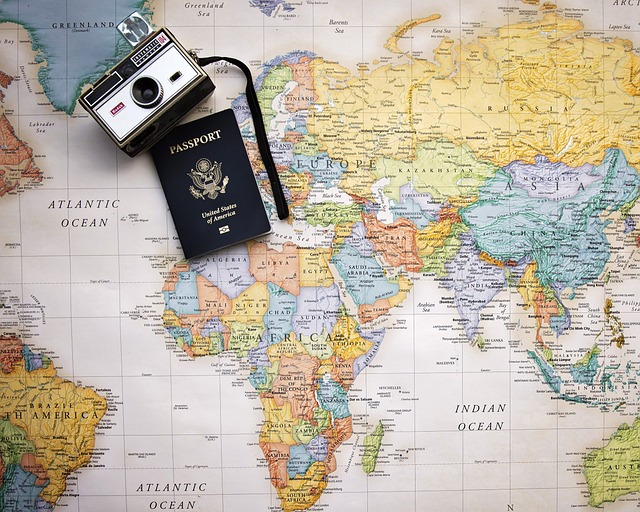Venice, the enchanting city of canals, faces a conundrum: its iconic allure may be its own downfall. Gone are the tranquil days with gondoliers guiding couples along serene waterways. Today, these boatmen juggle larger groups of tourists, even bickering over a mere 2-euro fare.
The low-cost flight boom has swamped many cities with visitors, but Venice’s situation stands out. This week, UNESCO’s World Heritage Committee debates on classifying the city as an endangered world site. This looming designation is not only a critique of Venice’s handling of tourism but also comes two years after the metropolis dodged a downgrade by banning mammoth cruise ships from certain key areas.
Michele Zuin, a key city official, asserted Venice’s autonomy, stating, “We are trying to avoid this.’’ “But it is not as if we are slaves of UNESCO,” he said.
In a controversial move, Venice has voted to become the first global city to impose an entrance fee on its visitors, leading to fiery debates among city officials. Critics argue that this hasty decision aims merely to sway UNESCO’s judgment.
UNESCO’s potential downgrade isn’t just a slap on the wrist. It’s a global call to action, emphasizing that these heritage sites need more proactive conservation efforts. Alongside over-tourism, climate change and its effects have been flagged, especially given that Venice’s protective underwater barriers aren’t fully functional yet.
Venice isn’t alone on this shaky ground. Five other sites, including landmarks in Ukraine, Bulgaria, Turkey, and Russia, are under the microscope for possible endangered status. As the world watches, one can only hope that these rich pieces of history find a way to thrive in modern times.
Also Read:
Apple Unveils Next-Generation iPhones and Apple Watch Series 9































































